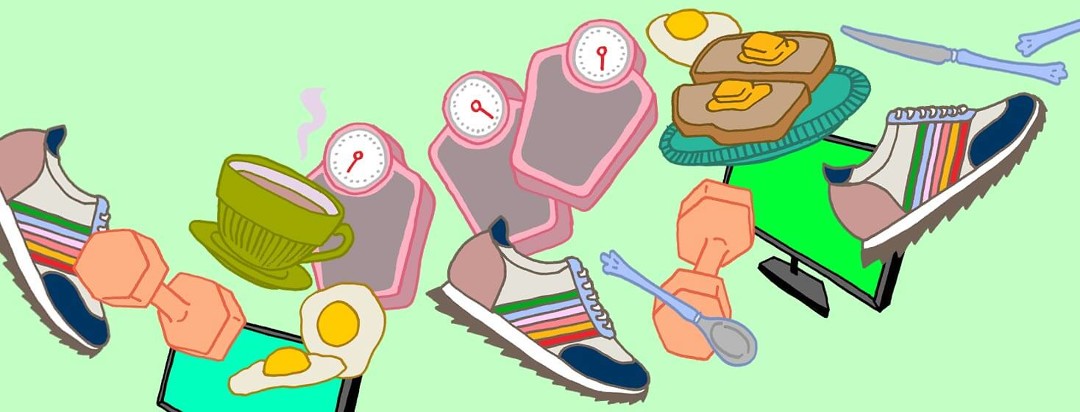When Weight Comes Off and Stays Off!
It is frequently written and discussed that being overweight has its downsides. Not only can it increase the risk of developing type 2 diabetes, but it also increases the risk of heart disease, stroke, and even cancer. One of the first things a physician will discuss during a physical is your weight. If you are over or underweight, he or she will make recommendations on lifestyle changes that can lead to a healthier status.
How to lose weight and keep it off
There is no one diet that works for everyone. “The individualized approach to dieting shows powerful proof through the National Weight Control Registry, a prospective study of successful long-term dieters established in 1994. To be included, members must have maintained a 30-pound weight loss for at least a year. Tracking over 10,000 members, the Registry is now the largest collection to date of long-term weight-loss data. Most participants report keys to success are continuing to maintain a low calorie, low-fat diet and doing high levels of activity. Other common themes to losing weight and keeping it off, according to data from the registry, include:
- 78% eat breakfast every day.
- 75% weigh themselves at least once a week.
- 62% watch less than 10 hours of TV per week.
- 90% exercise, on average, about 1 hour per day.” 1
1. Eating breakfast daily
It has long been talked about as the most important meal of the day. Eating breakfast every morning jumpstarts the body’s metabolism. It “wakes up” the brain and digestive tract and leads to a higher energy level. When people skip breakfast, they may be more likely to binge at lunch. Any time we are too hungry, we are at a higher risk of making poor meal choices. These are the times when we grab that bag of potato chips and eat them non stop without checking portion sizes, or even whether or not we are starting to feel full. A great breakfast option when you have diabetes is something that includes protein as well as carbohydrates. Think scrambled eggs with toast. If you do not usually eat breakfast, set a goal to do it each day for a week and see what kinds of changes you notice in your energy level, blood glucose levels, and food choices throughout the day. They may be very positive changes!
2. Weekly weigh-ins
When you commit to weighing yourself with any sort of frequency, you are giving yourself some accountability. It is also a good way to stop a trend before it gets too far gone. As the holiday season approaches, it can be easy to indulge more frequently with family and work celebrations. Weekly weigh-ins can help you manage your choices and stay on track.
3. Watch less TV
If you are spending less time in front of a screen, whether it be a TV, computer or phone screen, you are more likely to be choosing activities that are not sedentary, meaning you are up and moving. The more we move, the more calories we burn. This makes it easier to maintain your weight.
4. Exercise approximately one hour each day
This can be difficult for many people to do. Between work and family life, it can be hard to get a workout in. But the goal should be to get about 7 active hours per week. If you cannot exercise daily, try to do it every other day. If you have questions about your exercise limitations, please speak with your physician!
What habits will you try to start?

Join the conversation